Why hearing aids are “useless” for 1 in 5 people, and how data will help fix it
GN News
Aug 25, 2019
Today, hearing aids don’t work for one in every five people who owns them.
Why? Because they’re not used, or are hardly used, leaving them gathering dust in a drawer.
But the Innovation Fund Denmark, academia and industry have banded together in a bid to get those hearing aids out of the drawer and into their owner’s ears so they can reap the full social, health and quality of life improvements. Using our university connections and applying smart data analysis and machine learning forms just one piece of the puzzle where GN is pitching in.
As a hearing aid manufacturer, GN knows hearing loss can have devastating impacts on relationships, self-confidence and in everyday tasks. We also know that hearing aids can significantly help manage these impacts. But not if you don’t use them.
According to Eurotrak research, 20% of people who own hearing aids use them for less than two hours a day, or not at all. Why is this? What can the industry and healthcare providers do to improve and personalize the hearing care process – from the first appointment to ongoing care – to see 100% of hearing aid users getting the most out of their hearing aids? In the context of an increasingly data-driven approach to healthcare, these are the questions that the cross-disciplinary, curious minds collaborating on the five-year long Better Hearing Rehabilitation (BEAR) project seek to answer, using data insights.
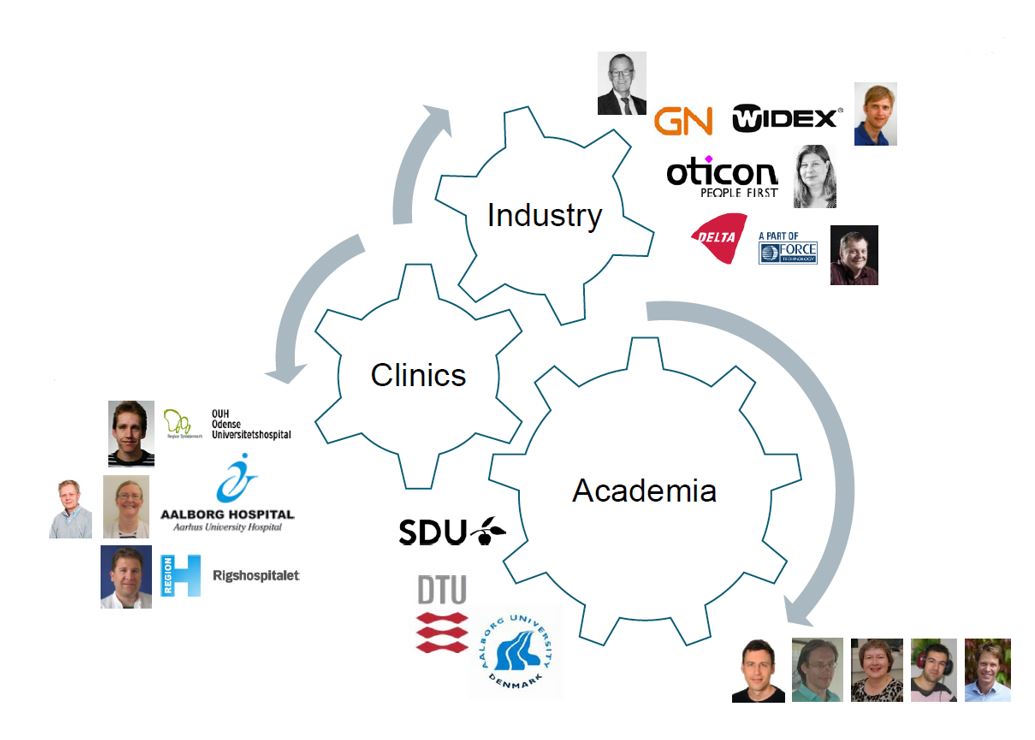
The BEAR project brings together industry, academia and clinical care
Teaming up to solve complex data problems
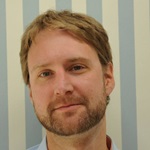
Tobias Piechowiak, Senior Research Scientist at GN, advises on the data analytics and machine learning piece of the BEAR project, and over the spring, he supervised three computer science and informatics master students who worked with the project data.
GN’s longstanding relationships with universities in Denmark, the Netherlands, the US, and China have seen students from disciplines including engineering and marketing write their master and PhD theses at GN, where they get an insight into the real needs and challenges facing the industry (Read about Dennis Oeland, IC Engineer’s PhD experience
here).
For Mads Christiansen, Alexander Ibsen and Martin Laursen from Roskilde University, writing their master thesis has been a chance to pick up the tools of data science and put them to work.
“The project has taken us from just theorizing about fixing problems to actually solving them. It’s definitely been challenging learning new data analysis techniques and how to work with some pretty chaotic data to get something out of it. Tobias has been a big help, and it’s a great feeling to actually contribute knowledge back to the BEAR project,” Alexander says.
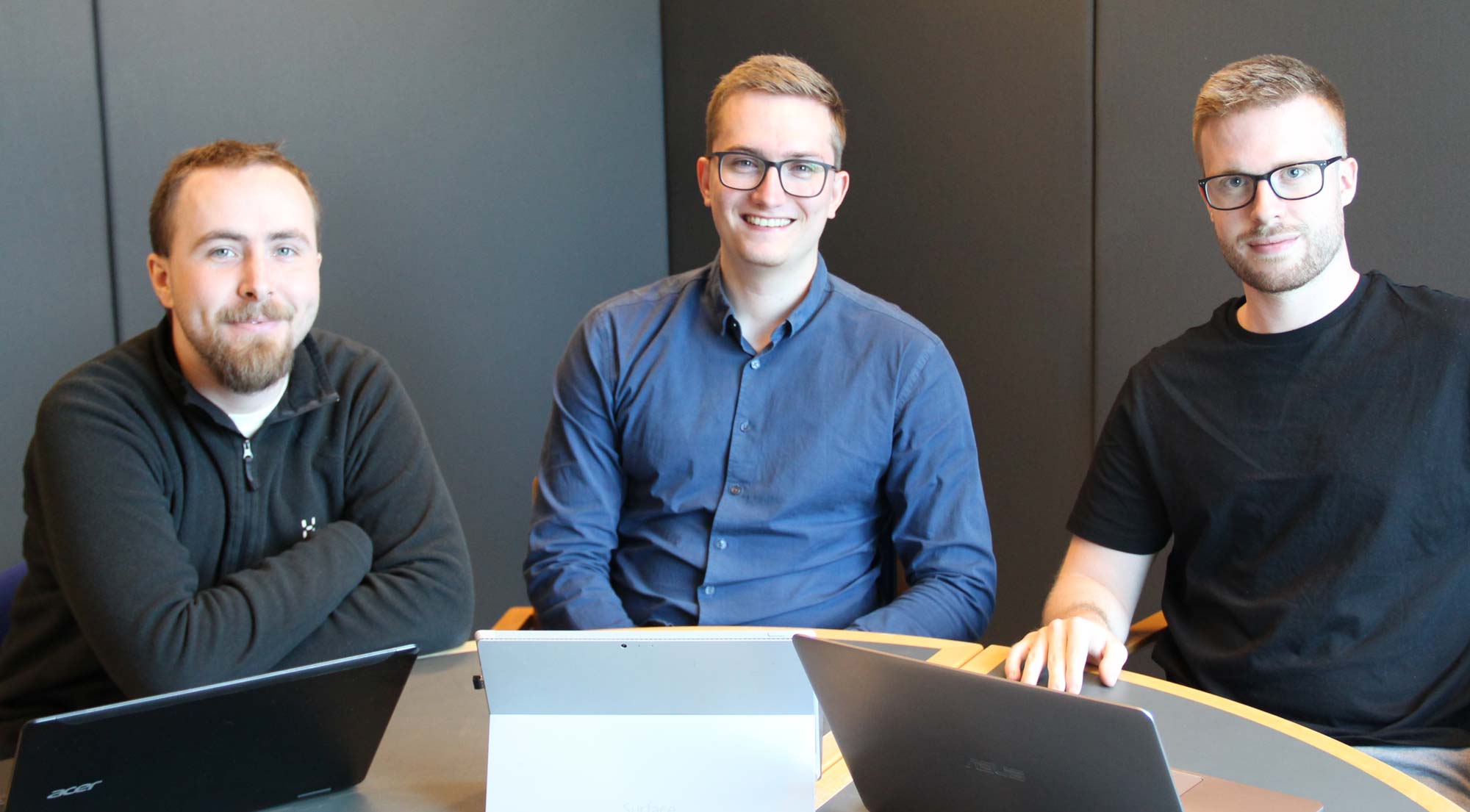
Above right: Tobias Piechowiak, Senior Research Scientist, GN, advises on the BEAR project and supervised the students' master thesis.
Above: Martin Laursen, Alexander Ibsen, and Mads Christiansen wrote their Master of Computer Science and Informatics thesis at GN, gaining practical experience in the techniques and challenges of working with data analysis.
Insights from digging into the data
Mads, Alexander and Martin spent several months on-site at GN, digging into the data from detailed surveys – close to 300 questions – from 2,000 participants with hearing loss at three Danish hospitals, to understand what makes people push aside their hearing aids.
Statistical analysis that tests whether the data confirms or disproves a series of hypotheses uncovered several insights that will help researchers and clinicians understand what makes a person put their hearing aids away.
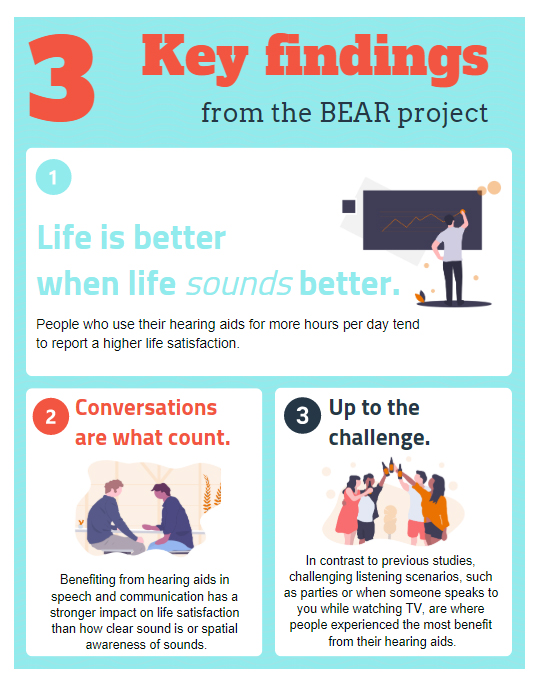
Towards a more efficient hearing care model
Through the rigorous data analysis process, the findings feed valuable insights into the BEAR project about the factors that influence how much people use their hearing aids.
Going forward, this information can inform the design of practical solutions that can be used in the clinic or in direct communication with hearing aid users, like in ReSound’s apps. For example, if we know from the data that people’s perception of how much benefit they get from their hearing aids is what is most important to whether they wear them or not, future healthcare design should place emphasis on developing that good perception with clients, right from the start.
Using machine learning to tailor for individual needs
A second part of the thesis project involved testing whether machine learning algorithms could predict which users would end up being one of the 20% who don’t use their hearing aids, based on the existing data.
“The dream is to have a predictive model,” Tobias Piechowiak says.
The idea is that when someone comes into the clinic, the health care provider can ask a few quick questions about, for example, lifestyle, age, and gender, and because they have this predictive model based on previous data analysis, they could profile that person as likely to be one of the 20% who will put their hearing aids away after the first week. They would then be able to tailor their care, along the lines of, “If I fit this person with these settings in this way and motivate them in the right way, being sensitive to their needs and what’s important to them, then the outcome would be a client who thinks it’s worth wearing their device 7 or 8 hours a day, and they would really get something out of it.”
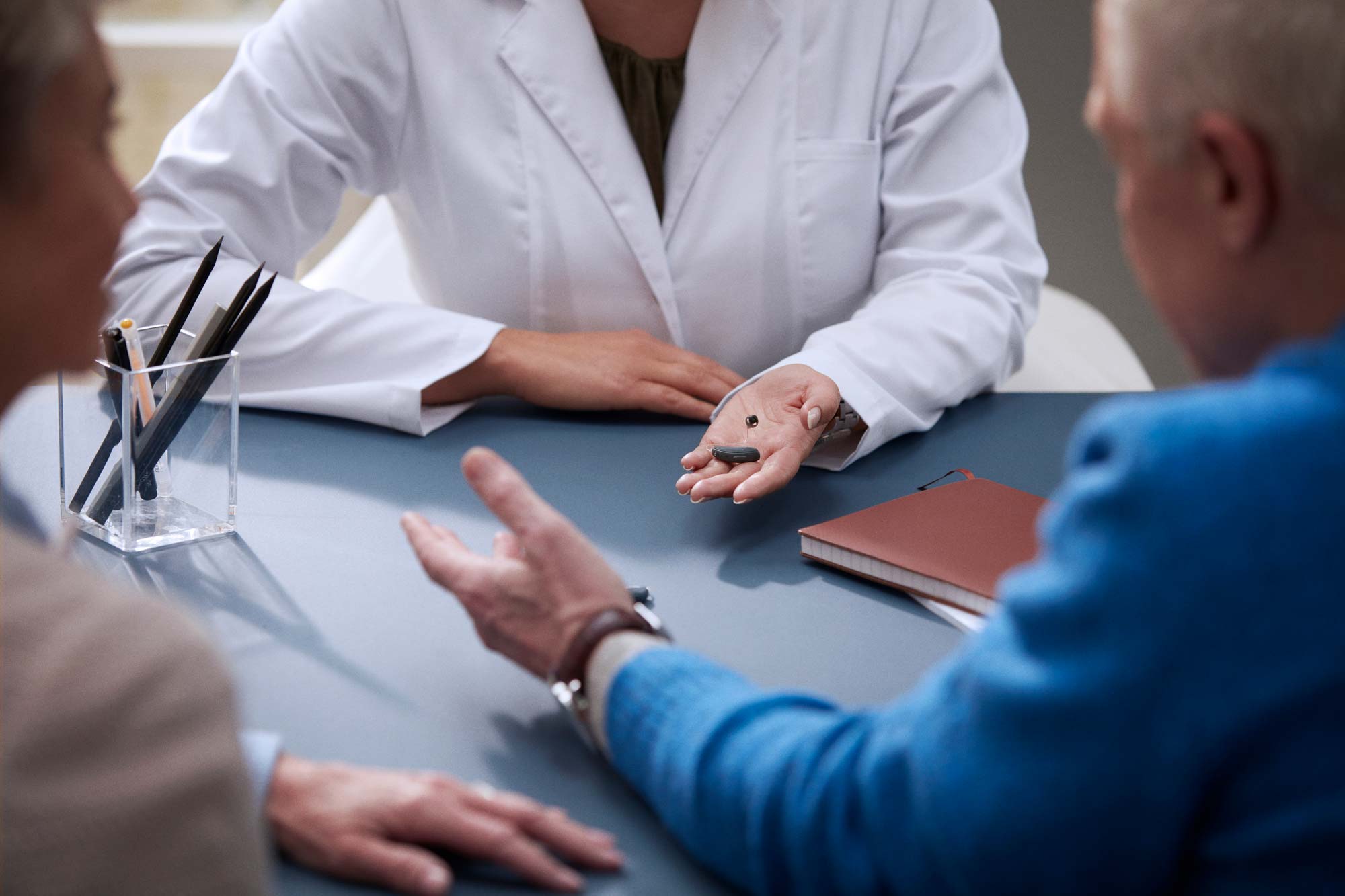
While the students tested several predictive algorithms, they found a predictive model wasn’t possible with this amount of data, and with so many unexplained variables in the data. However, with a much larger data set, this type of profile is likely possible in future, taking out a lot of the trial-and-error in the fitting process. More personalized, evidence-based hearing care that meets the different needs of each person would mean they are much more likely to actually use and benefit from their hearing aids.
“It’s exciting that we now have this data and can use these very sophisticated methods, working together as the industry, clinics and academia to centralize and progress the way hearing care is done. What we really want in the end is to see 100% happy customers after their first clinical visit,” Tobias says.




